Norm Edwards Lures - QLD:
*Banner Image - Timber rattling Norm Edwards lure 7 inch unsigned
Edwards, Norm Edwards Lures - QLD:
Another highly respected lure maker from Queensland who built a reputation for making high quality hand carved lures that were successful in catching large fish. Norman Edwards marketed his lures under his own name and was selling a number of models in 1982 however had started making lures a number of years earlier.
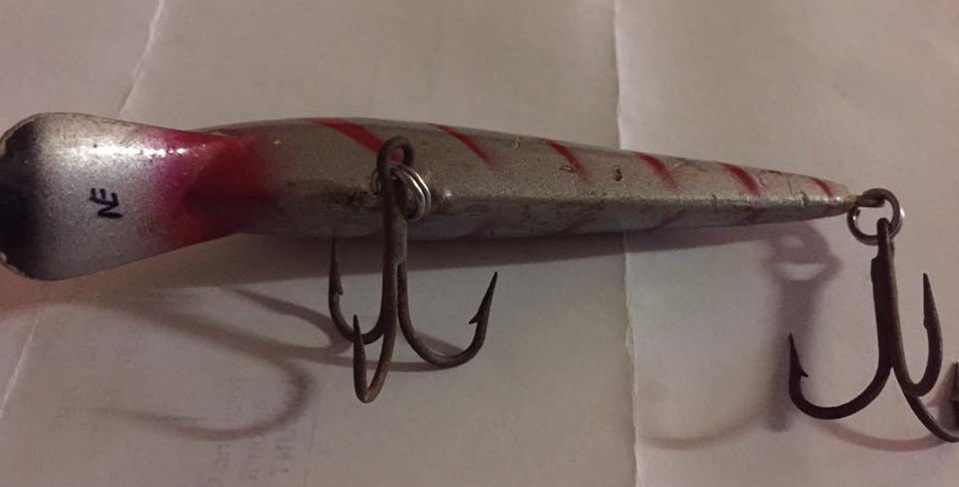
Early Norm Edwards lures may be signed with the initials 'NE'. Looking at his lures today they are hand carved masterpieces and Norm's lures have held up over time.
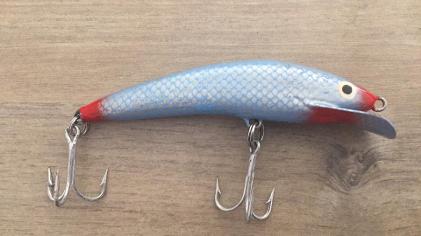
Norm Edwards lures are quite easy to identify as many will be signed on the belly as shown or with the initials NE. However there are still many that went out unsigned.
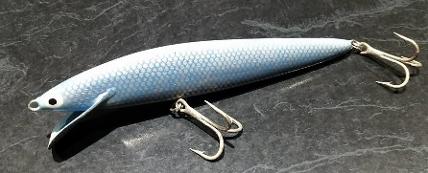
The lure above is an early example of Norms work which was posted on the Lure Lovers forum in 2011. It has a flatter belly profile - Norm talks of giving his minnows a more 'banana' shaped belly as it improved the action of the minnow lures. There are a number of different models and colour variations as expected with any hand made lure.
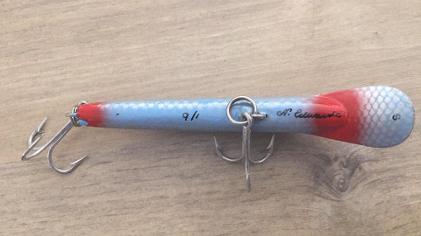
Below shows a comparison of the rarer 3 hook version with standard 2 hook minnow.
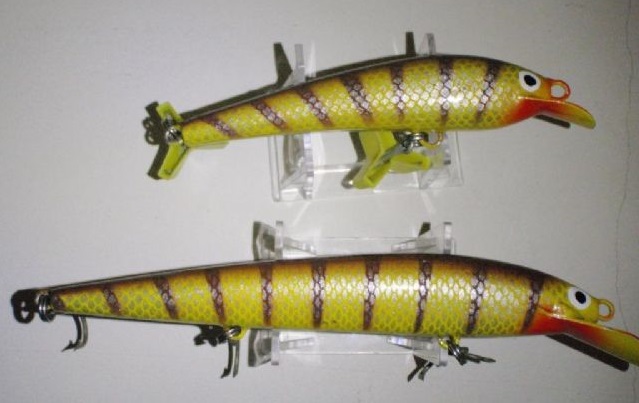
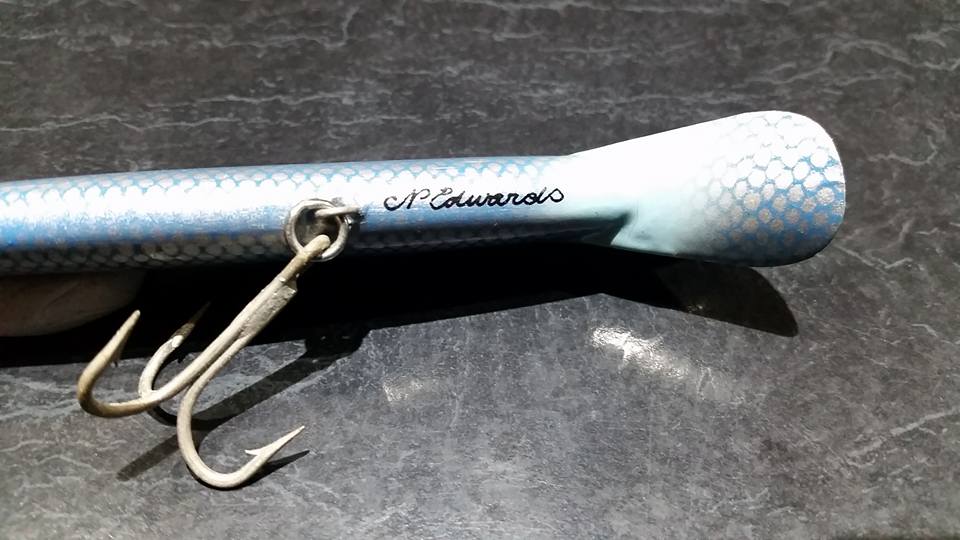
Norm Edwards signatures evolved over time to the most common scroll signature. The earliest lures may be signed 'NE' with the letter separated. Second generation signatures will have the N and the E joined but Norm also signed lures this way as he became older. All lures were signed by Norm with later scroll signatures the most common.
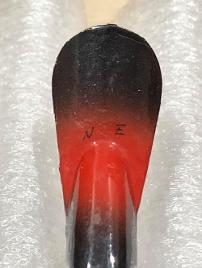
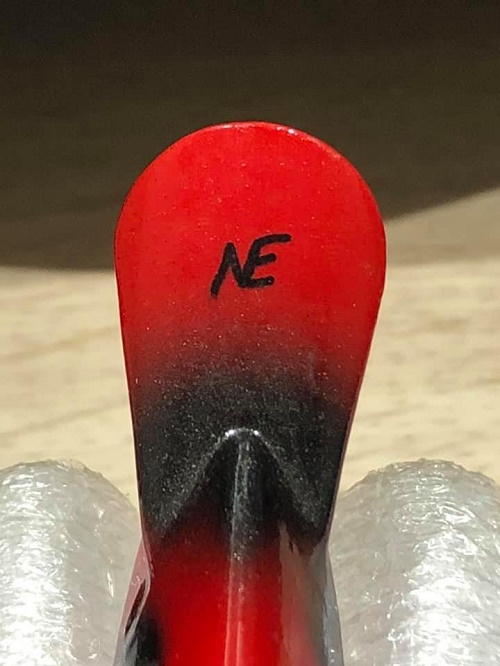
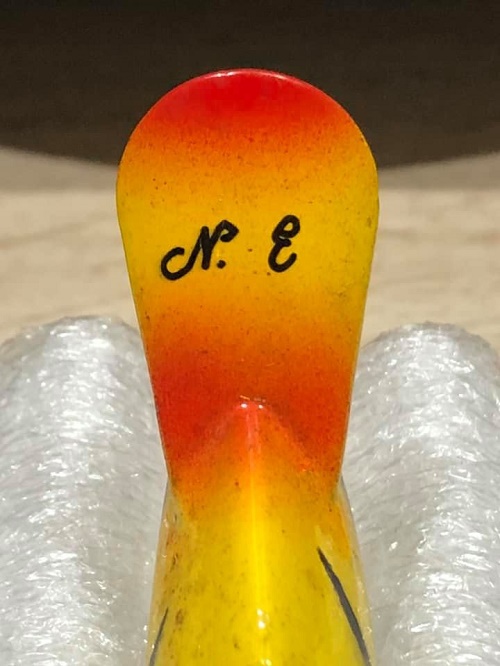
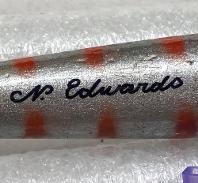
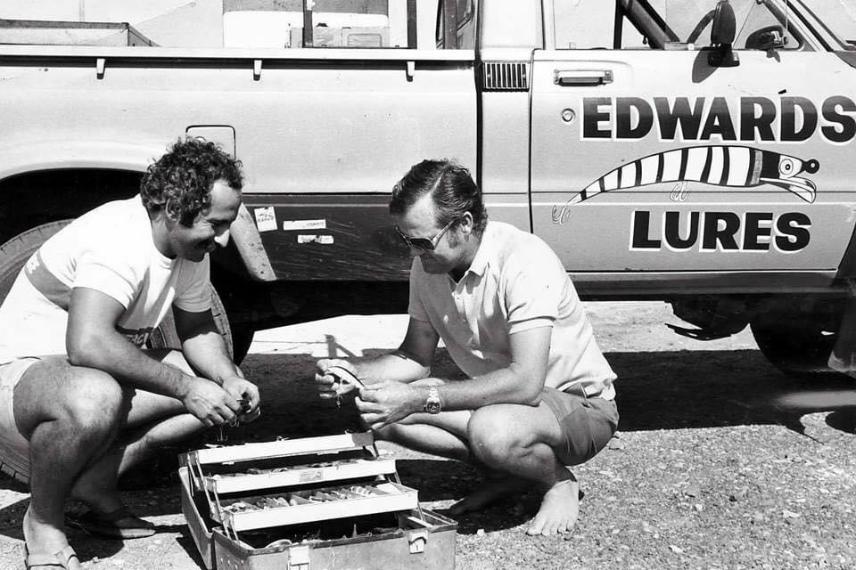
Norm Edwards checking out the tacklebox. Photo courtesy of Rob Harrison.
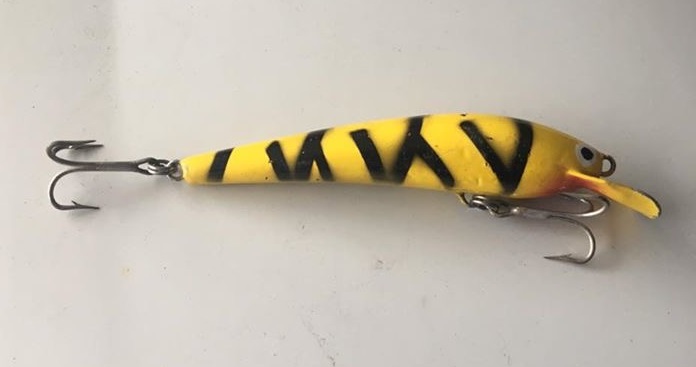
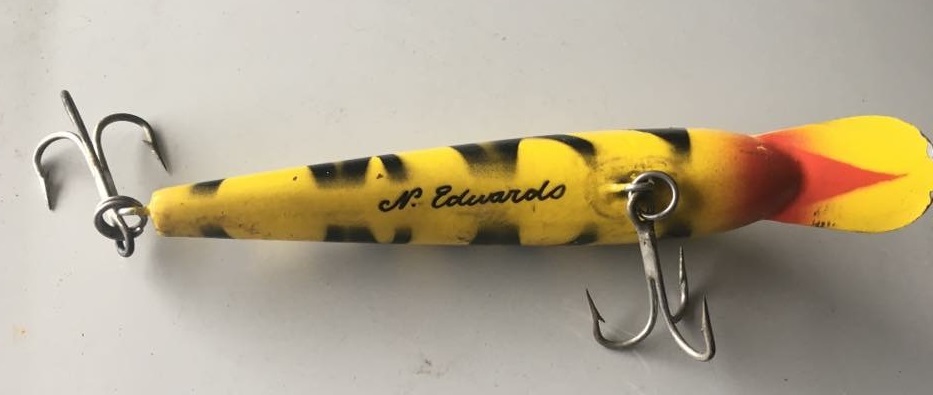
Below is some amazing archival information. It shows a letter from Norm Edwards in response to a lure order inquiry. The lures and prices are marked on the catalogue dated the middle of 1982. Considering the original price of Norm Edwards lures - the prices that collectors are paying 30 years later are high with individual lures in high demand colours and mint condition continually fetching prices over $100 per lure.
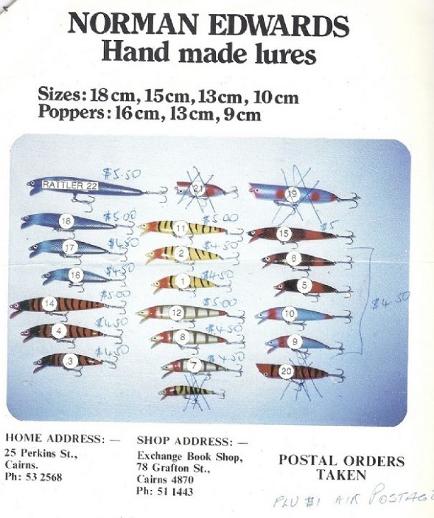
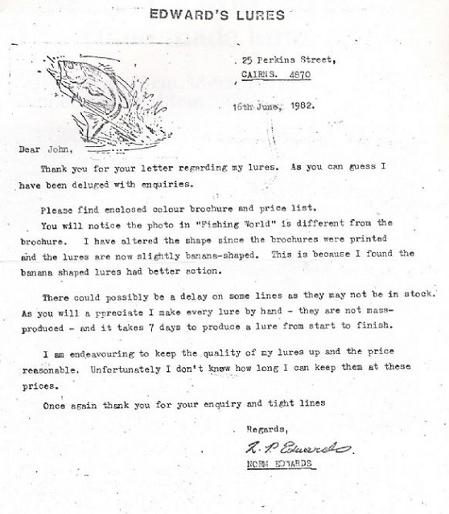
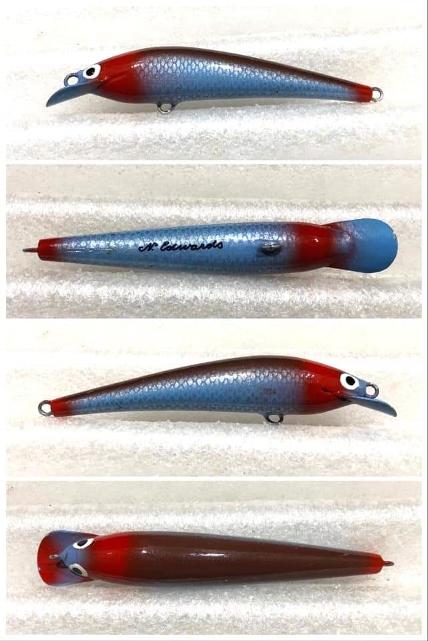
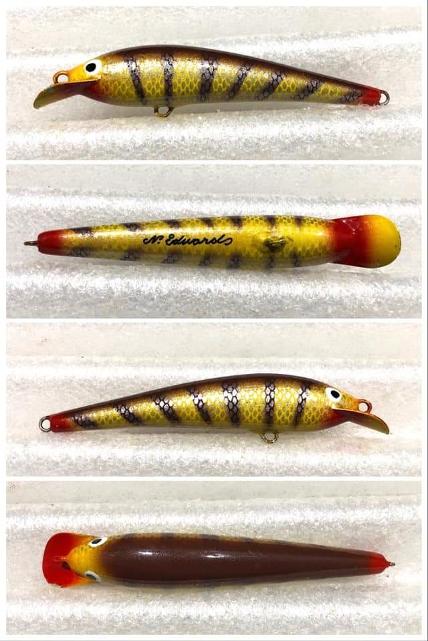
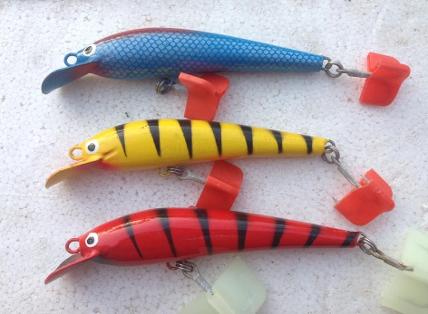
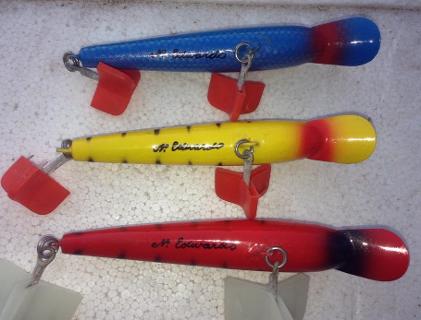
One of the rarest models that is in demand by collectors is the Norm Edwards popper which were available in 3 sizes (16, 13 and 9cm) according to the above catalogue. The smaller sizes in all Edwards Lures are the hardest to find and there are variations as shown by the lures opposite which are all signed.
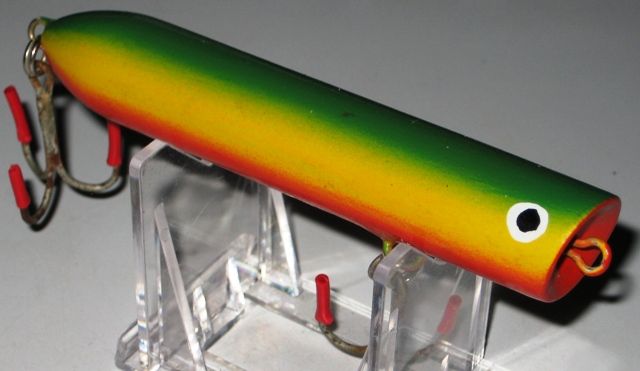
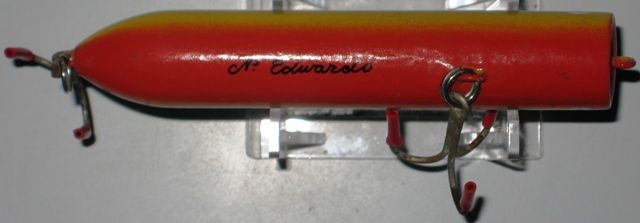
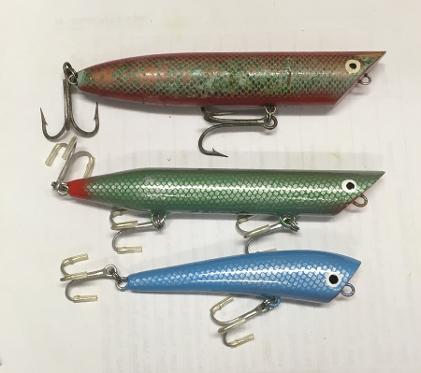
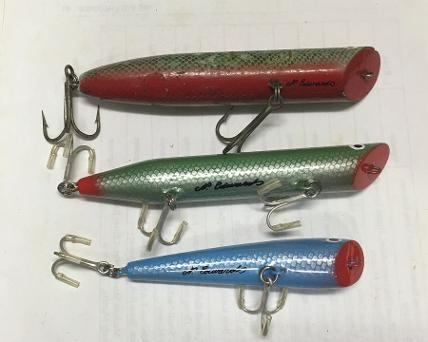
Below left shows maybe the rarest of all Edwards Lures - the holy grail for collectors. The jointed Norm Edwards lure. This pattern has the yellow tiger stripe with red head. Below right shows another rare colour pattern.
Opposite shows two examples of the three hook Edwards. Below nice lace pattern minnows - magnificent examples. All the lures showcased are extremely rare and hard to find.
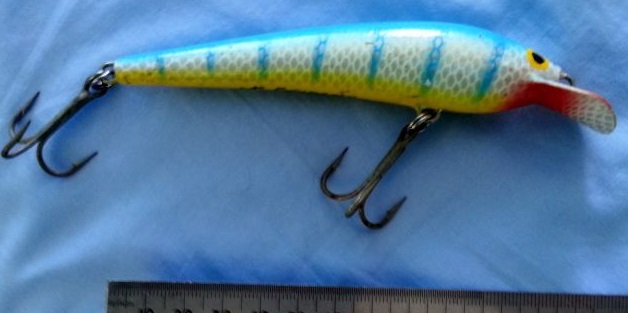
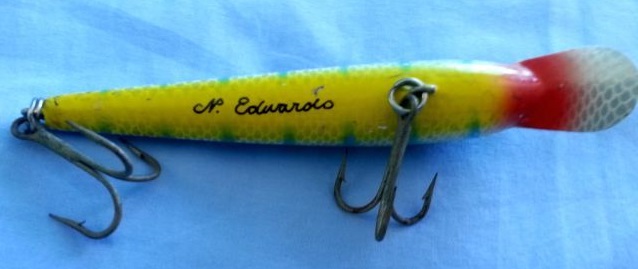
The majority of these photos were sourced from the Lure Lovers forum and show examples of Norm Edwards models that have been shown by various forum members. Lure Lovers has lots of great information on Norm Edwards lures.
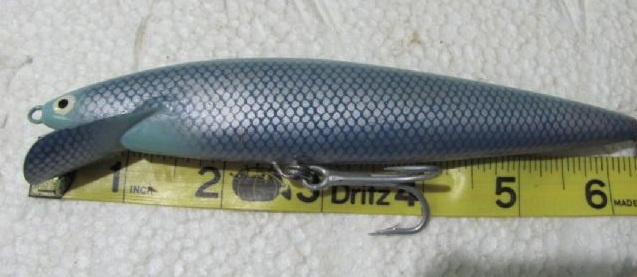
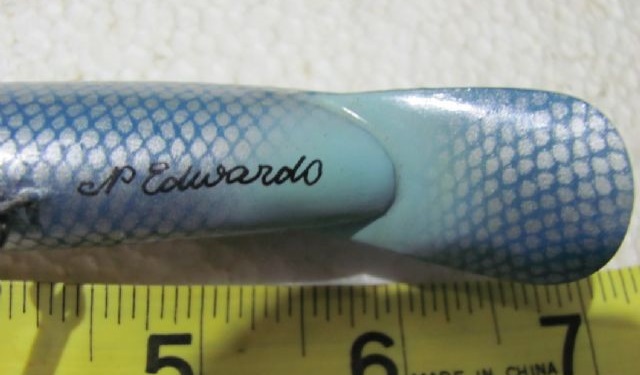
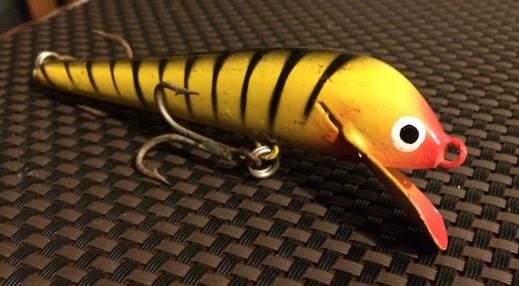
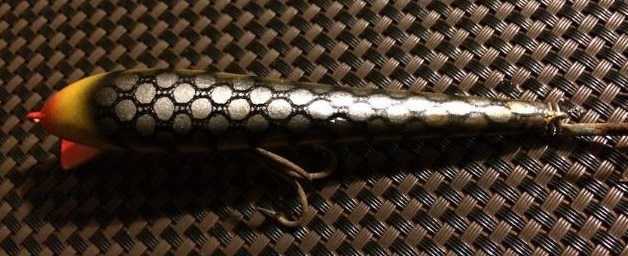
The 'Boofhead' Edwards lure with an extremely interesting paint finish on the top of the lure.
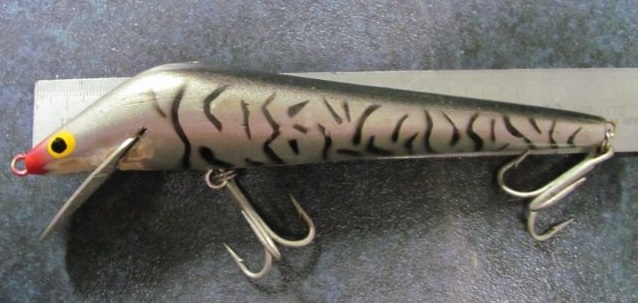
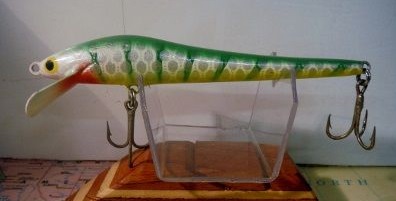
(Above) A couple of uncommon models with a different shape
(Below) A stunning colour set showing different under bib colour variations next to backing card from Lure and Fly Expo 2016.
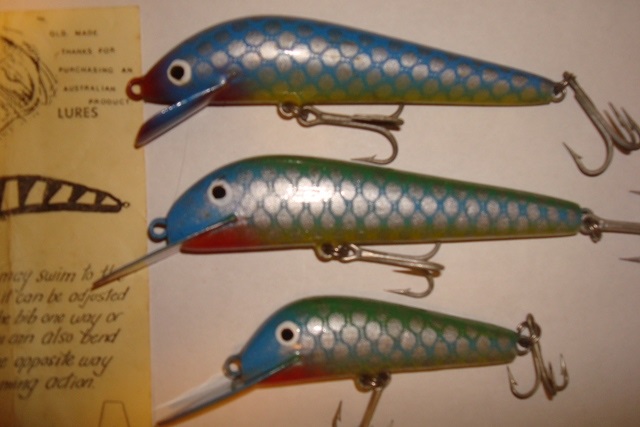
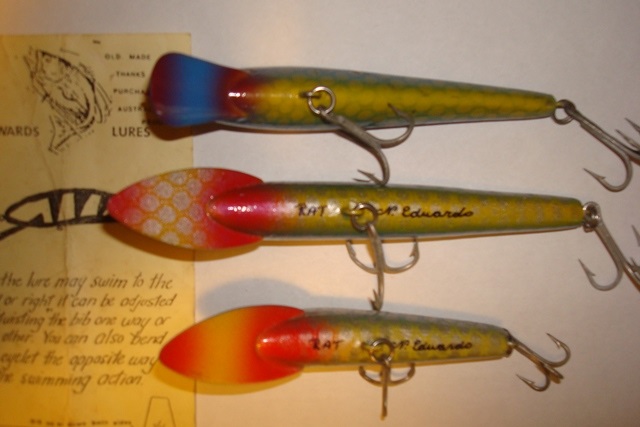
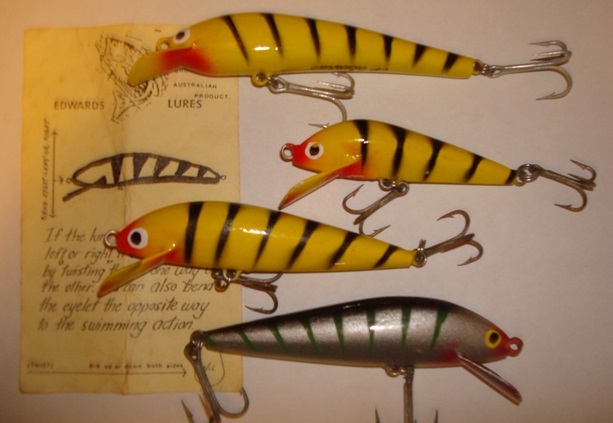
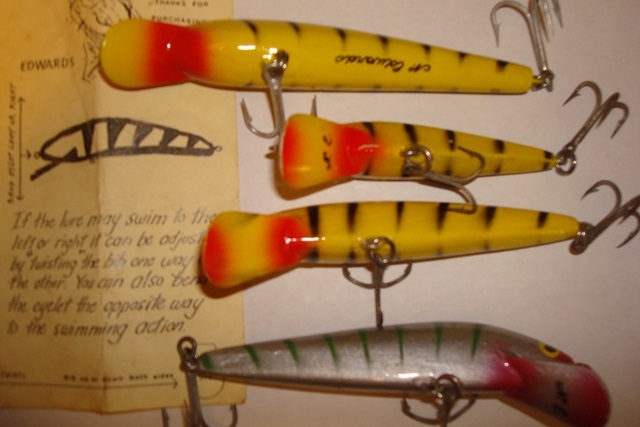
The Edwards backing card is shown below with an unsigned timber model. There are also similar coloured cards but in shades of orange and yellow.
The card shown in the photo opposite is maybe the rarest card of all with a later plastic model with reflective tape down each side of the lure. These were the last model Norm Edwards produced.
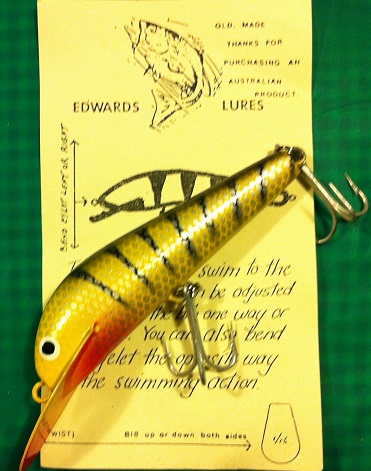
The lure shown below is in fact one of the rarer of the Edwards lures as it has a rattle (why its called the 'Rat') and is an early moulded model which were made in very small numbers. The moulded letters can be seen on the belly
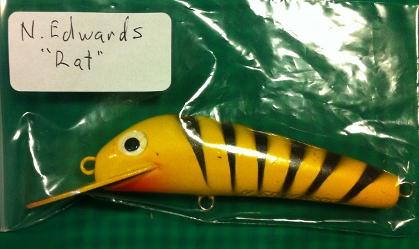
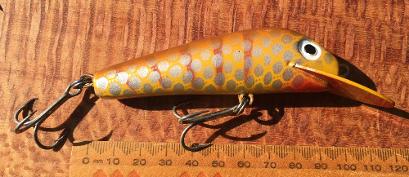

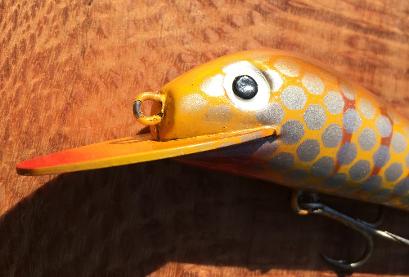
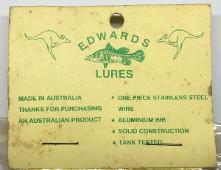
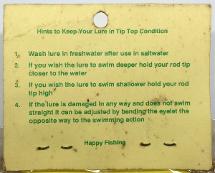
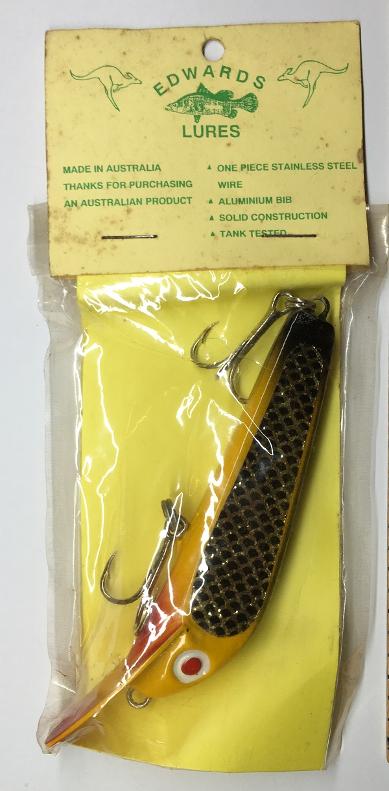
Some of the later models shown including the non rattling 'Boofhead' left.
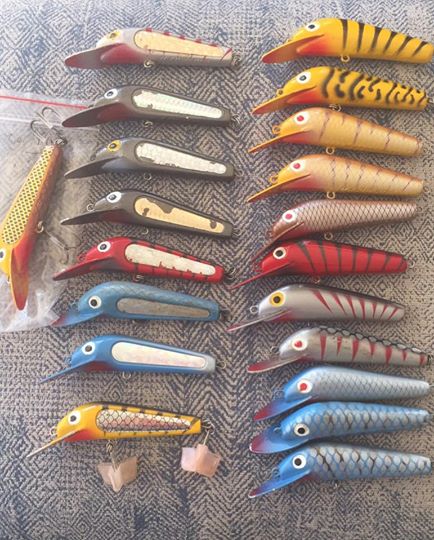
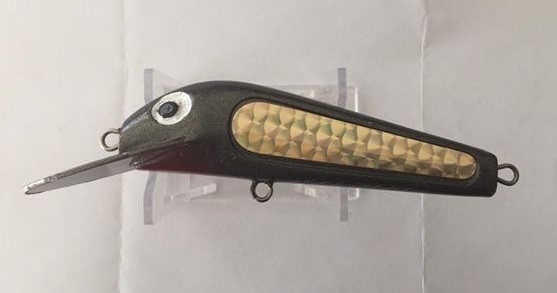
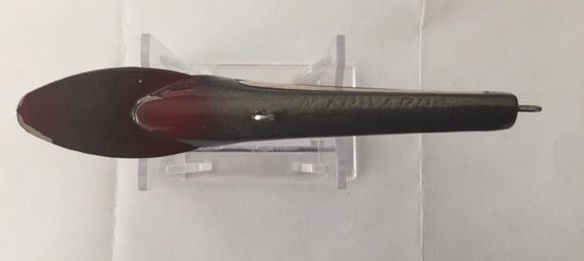
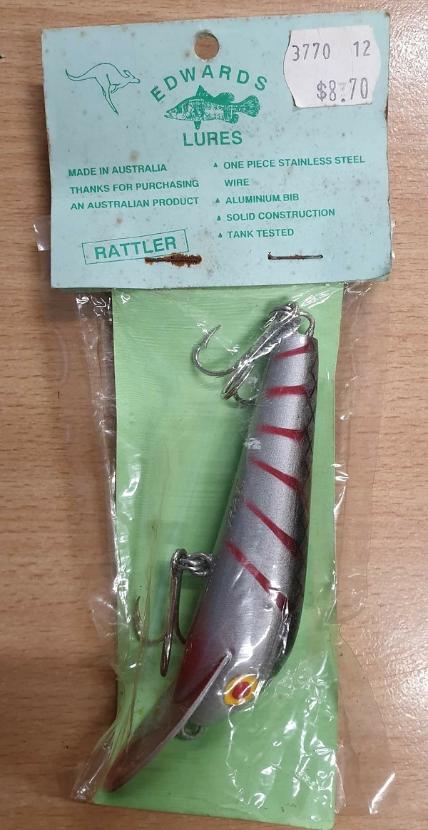
A couple of packaged moulded 'Rattler' lures showing a card headers on stapled plastic bags - one contains a backing card.
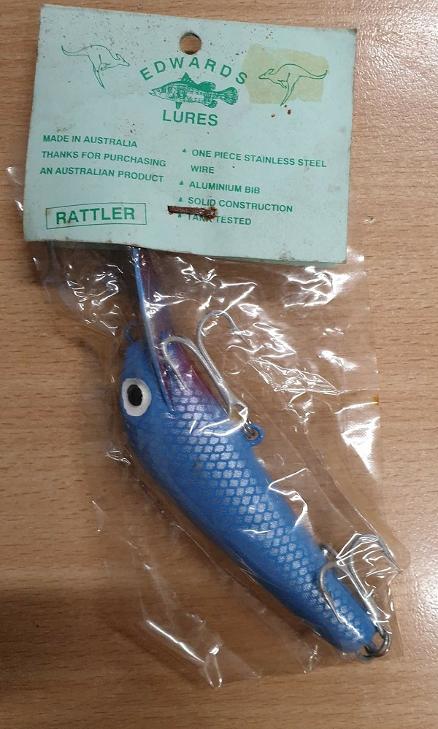
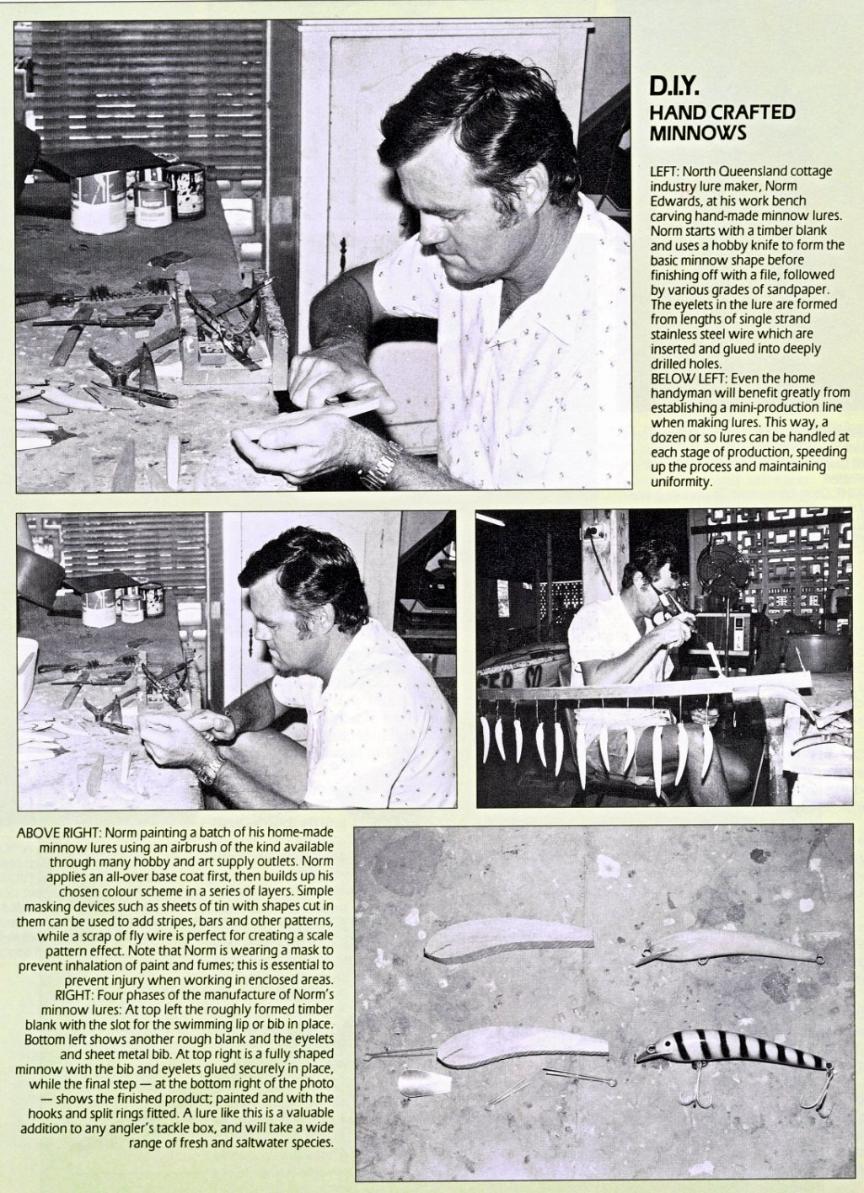
The above article appeared in Fishing Australia No 22 c 1988